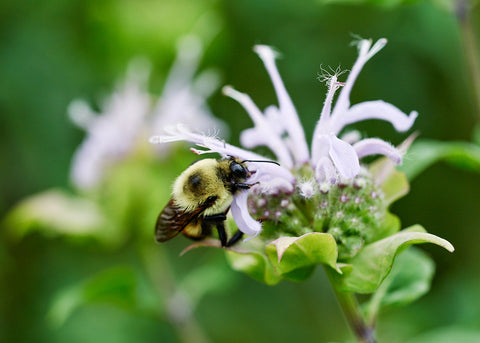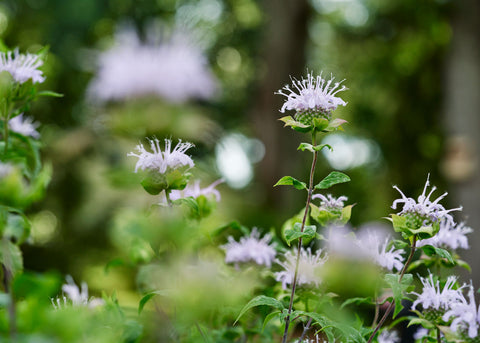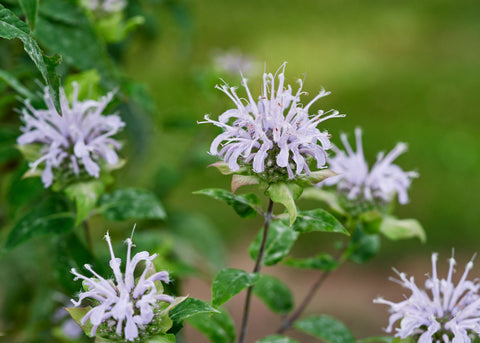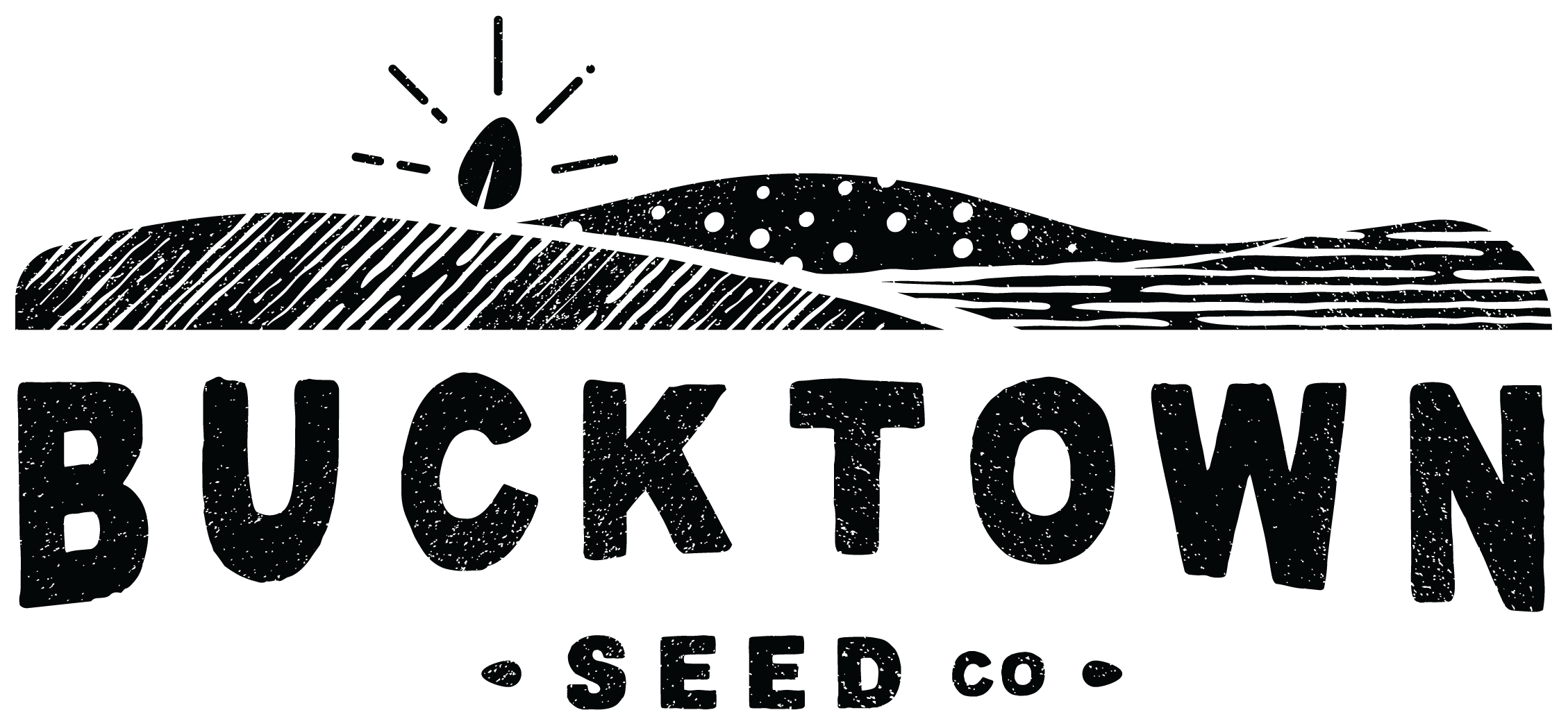





Wild Bergamot - Bee Balm Seeds
🚚 FREE SHIPPING for all orders over $99!
Start seed indoors 6-8 weeks before transplanting into the garden. Optimum soil temperature for seed germination is 60-70°. Light required for germination. Transplant to the garden after your average last frost date. Or, plant seeds directly in the garden from early spring to mid-summer. Sow thickly, thinning to 1 plant every 12-18".
Plants produce flowers in the second year after planting.
Divide plants after 3-4 years. This wildflower is native to north america attracting a host of beneficial bees, butterflies and birds. Can be used for a variety of medicinal benefits.
Scientific name: monarda fistulosa
Days to maturity: 365
Seed depth: surface-1/8"
Days to sprout: 7-14
Plant spacing: 12-18"
Row spacing: 18-24"
Light requirements: sunny / partial shade
Plant height: 36-48"
Life cycle: perennial
Frost hardy: yes
NON-GMO
Open-pollinated seeds perfect for seed saving
HIGH QUALITY
Third-party lab tested to ensure strong germination and seed vitality
100% SATISFACTION
We'll make it right if there's a problem
HAND PACKED
Created with love in Pennsylvania
ORGANIC SEED
140+ Organic and Certified Naturally Grown varieties available
FREE SHIPPING
Fast & free shipping on orders $99+
I will be planting them in mid-March so they'll be close-ish to blooming for our Bees
